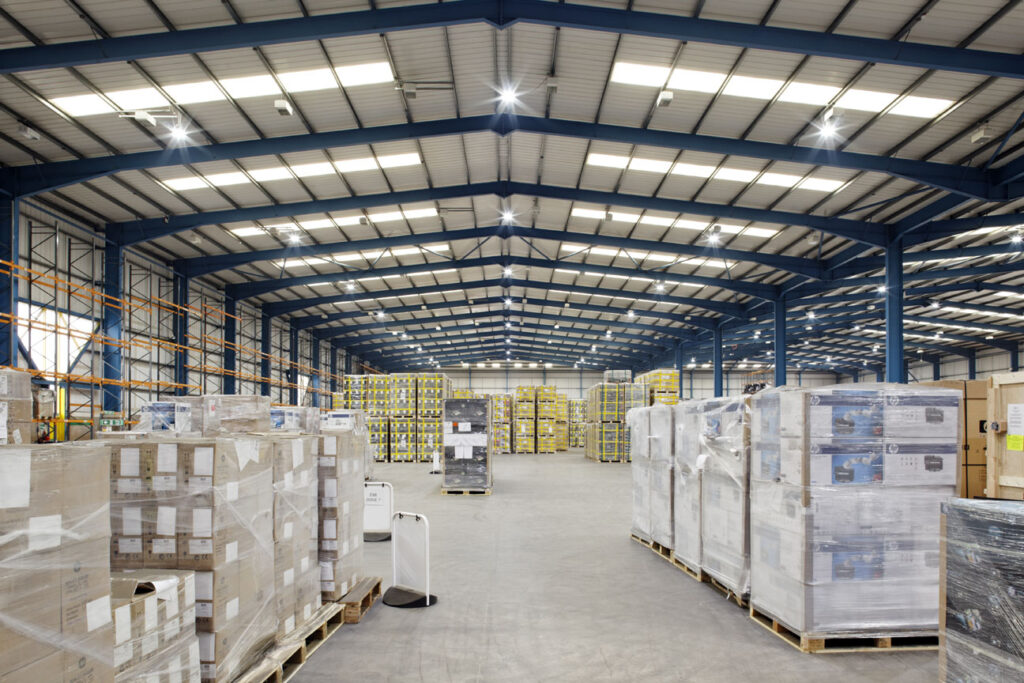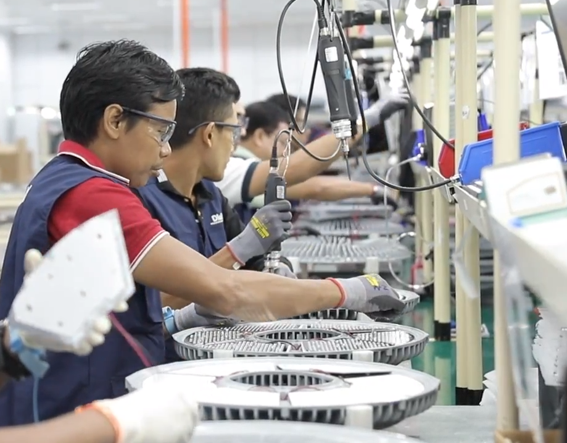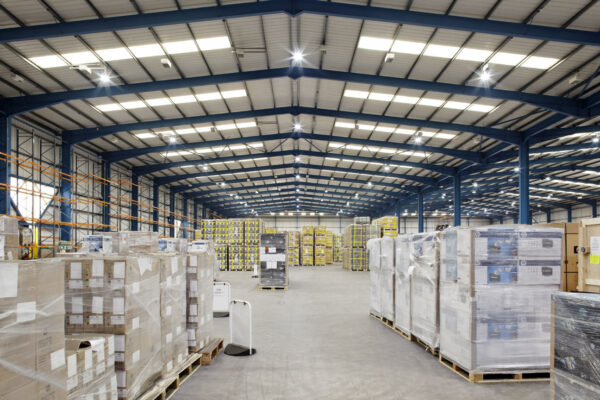Dialight is a global leader in sustainable LED lighting for industrial applications.
The company’s LED products provide the next generation of lighting solutions that
deliver reduced energy consumption while creating a safer working environment. Dialight’s
products are specifically designed to provide superior operational performance, reliability
and durability, reducing energy consumption and ongoing maintenance, and achieving
a quicker return on investment for its customers. The company is headquartered in
the UK, with operations in the US, the UK, Mexico, Malaysia, Singapore, Australia,
Germany and UAE. Dialight is also committed to becoming a net-zero company by 2040,
and management has stated that it sees the energy transition as both an opportunity
for growth and an obligation to help drive meaningful change in the industrial sector.
Dialight’s LED solutions are installed in demanding environments like liquefied natural
gas (LNG) plants, oil refineries and hazardous manufacturing facilities.
Founded in 1938 and currently listed on the London Stock Exchange, the company operates
through two key divisions: LED Industrial Lighting and Signals & Components. The Lighting
division addresses low-volume, high-complexity use cases ranging from tower obstruction
systems to plant lighting, where energy efficiency (up to 70% savings), regulatory
compliance and safety drive adoption. Despite this, LED penetration remains at around
50%, representing substantial future growth potential.
The global industrial LED market exceeds $10bn and is underpinned by sustainability
mandates, energy regulation and rising maintenance costs from ageing fluorescent and
incandescent systems. Dialight holds an estimated 30% share of the core US market,
benefiting from its strong brand reputation, proprietary certifications and durability
in extreme environments, all key factors that result in high barriers to entry. Its
Signals & Components business complements this with mature, profitable lines used
in the electronics and automotive sectors.
Since September 2023, management has implemented a multipronged transformation strategy
aimed at restoring profitability and unlocking shareholder value. Core pillars include
stakeholder alignment, sales process overhauls (eg customer relationship management
(CRM) and pipeline management), operational optimisation (automation and SKU rationalisation)
and enhanced cash generation. An innovation committee has also been established to
pursue future growth avenues. Notably, the company has consolidated its manufacturing
footprint by moving to a new facility in Mexico to mitigate potential tariff exposure
under the United States-Mexico-Canada Agreement (USMCA) , while downsizing its Malaysian
operations to reduce inefficiencies. Dialight also maintains an in-house R&D programme
focused on energy efficiency advancements, net-zero product lines, integration with
factory automation and a focus on reaching new niche markets, backed by dedicated
teams and its new innovation committee. The Mexico manufacturing hub plays a central
role in Dialight’s operations, supporting US sales, and benefits from the USMCA trade
terms. It is being upgraded with highly automated production capabilities, targeting
>70% labour reduction and reduced unit costs.
Dialight’s unique selling point versus peers
Dialight has been involved in LEDs for over 50 years and has a premium brand reputation
as well as strong relationships among its customer base. The company claims to offer
the largest selection of cutting-edge LED lighting products to suit virtually any
industrial application, with all of its products developed in-house. Its controls
seamlessly integrate with existing factory and building automation solutions, allowing
for smooth installation and cost reductions for its customers. According to management,
Dialight also offers an industry-leading 10-year warranty, based on the low-maintenance
mechanical design of its products.
Financials
Revenues have rebounded strongly in the last five years, with Dialight’s Lighting
and Signalling divisions growing ~11% and 10% in 2021 respectively and 34% and 18%
in 2022. FY24 and FY25, however, saw slightly slower revenue growth, due to a greater
focus being placed on the company’s self-help/transformation strategy. In FY25 the
financial benefits of the strategy began to flow through the business, including increased
savings from product cost reduction and improved margins. Management further commented
that it expects greater effects of its transformation strategy to be seen in FY26,
with the company stating in its H126 trading update statement that margin improvement,
overhead cost reduction and higher cash generation has continued to improve with strong
Q226 profit delivery.



















